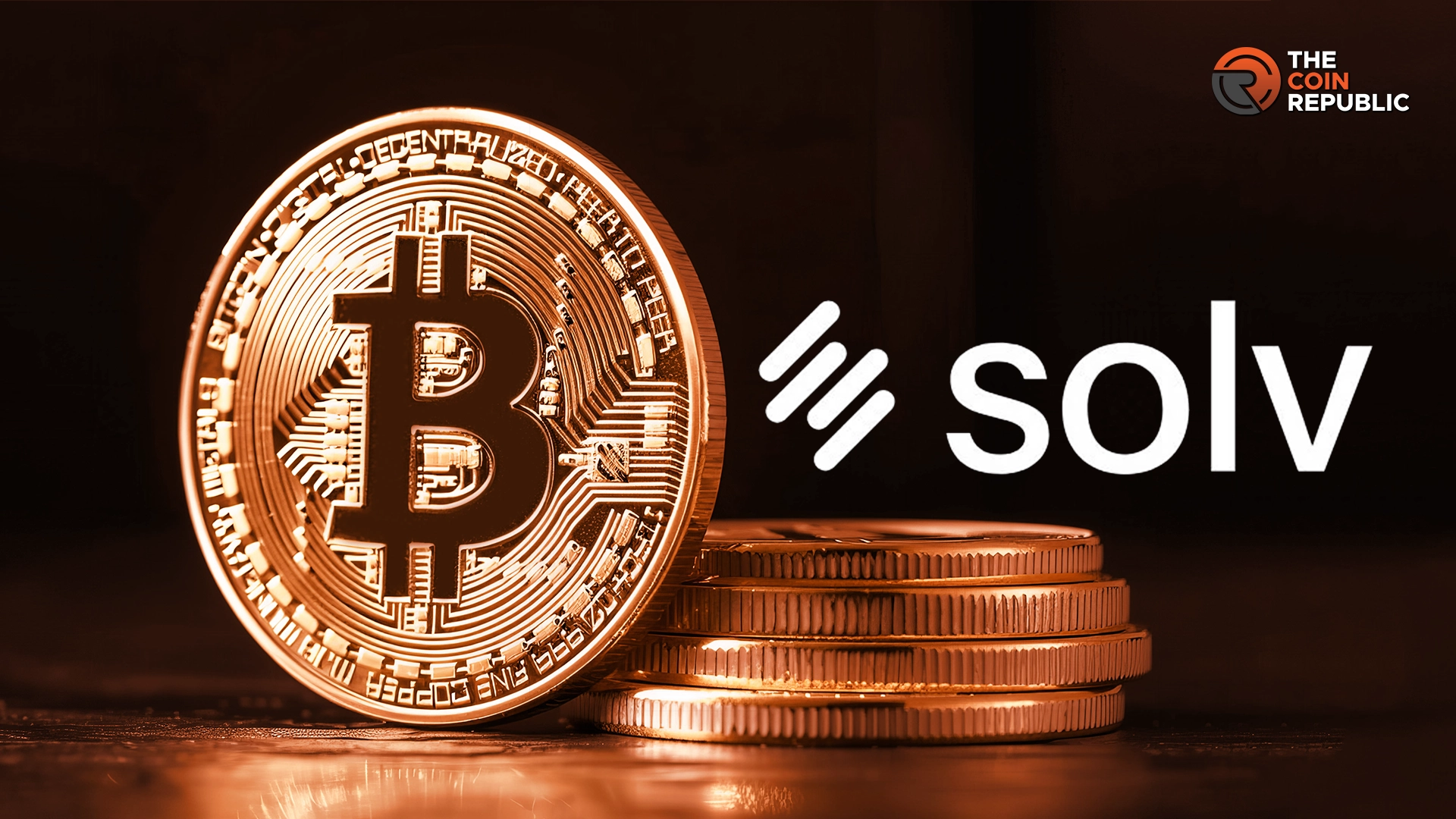Solv Protocol raises $11M at a $200M valuation to drive Bitcoin staking through its SAL framework. The platform unlocks BTC liquidity across blockchains for seamless yields.
Solv Protocol has raised $11M in a strategic round valuation of $200M. Firms like Laser Digital, Blockchain Capital, and OKX Ventures, among others, will fund this new capital, which will help drive the adoption of its Staking Abstraction Layer (SAL). This platform aims to redefine Bitcoin staking by filling the gaps in liquidity and programmability.
Strategic Investor Support and $25M Total Funding
Solv Protocol has raised $25 million, with recent funds garnering an $11 million raise. Major backers included gumi Cryptos Capital, CMT Digital, and angel investors from Core, Berachain, and Ethena Labs. Existing Binance Labs and Spartan Group supporters also contributed and committed to Solv’s mission.
– Advertisement –
The new funding will help increase Solv’s product suite and user base. The company looks to mass-adopt Bitcoin staking, taking advantage of the massive opportunity offered by BTC’s underutilized market.
Growth of the Bitcoin market and Bitcoin Staking Potential
Solv Protocol’s flagship product, SolvBTC, currently manages over 20,000 BTC across ten blockchains, amounting to $1.3 billion in Total Value Locked (TVL).
This figure demonstrates the growing interest in BTC staking, although Bitcoin’s staking adoption remains far behind Ethereum’s 28% rate. If Bitcoin matched Ethereum’s staking levels, the company estimates that $330 billion could be unlocked for BTC holders.
SAL Framework Simplifies Bitcoin Staking Across Ecosystems
Solv just launched the Staking Abstraction Layer (SAL) to tackle the fragmentation of liquidity and the lack of programmability in the Bitcoin ecosystem. However, BTC holders can stake SAL in Bitcoin across different blockchain networks, and these obstacles, otherwise stopping them from participating, disappear.
The SAL is compatible with protocols like BNB Chain, Ceffu, and Chainlink, providing users with better transparency and scalability. In addition, SAL’s capabilities to unify staking across multiple chains offer new venues for liquidity and yield. As a result, Bitcoin staking takes an important place among the alternatives to Ethereum-based solutions for those who have BTC and will use DeFi services.
Liquid Staking Tokens Expand Earning Opportunities
Following Solv Protocol’s BTCFi vision, it has launched three new Liquid Staking Tokens (LSTs). The tokens are developed to yield by other means so BTC holders can obtain the maximum possible yield from owning tokens.
Restaking yields are also available through Babylon Labs, partnering with SolvBTC. BBN to boost token holder earning potential. However, SolvBTC.CORE is also tied into CoreDAO’s network, allowing users to use the staking mechanisms for token rewards. SolvBTC.ENA has a different yield generation method, using the basis trading strategy provided by Ethena Labs.
Built inside the SAL framework, these LSTs enable users to earn returns while maintaining network liquidity. SolvBTC intends to extend Bitcoin’s role within decentralized finance by allocating 80% of holdings to yield-generating strategies.
Scaling for the Future of BTCFi
As with any Bitcoin-based finance, BTCFi continues to pick up steam, and Solv Protocol stays consistent, surpassing 400,000 users. Its products are used to stream across multiple networks, offering flexibility and added yield options to BTC holders.
According to the company’s roadmap, the SAL framework will also see additional product launches and upgrades in the upcoming weeks. Solv Protocol aims to capture Bitcoin staking growth, bridge the gap with Ethereum staking, and create revenue for BTC holders.











